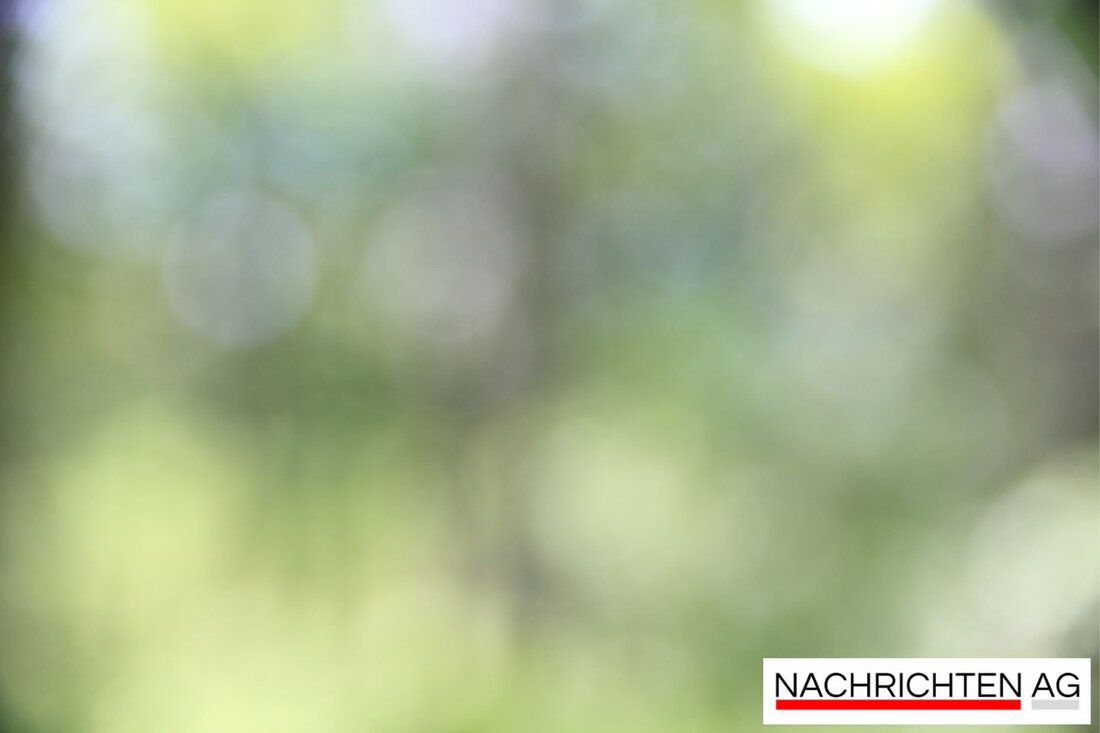Luminous noctilucent clouds illuminate the northwest: a heavenly spectacle!
Luminous noctilucent clouds illuminate Seehausen: Rare celestial phenomenon visible until the end of July, ideal for observations in the north.

Luminous noctilucent clouds illuminate the northwest: a heavenly spectacle!
On July 1, 2025, a rare celestial phenomenon will provide a breath of fresh air among amateur astronomers in the Seehausen and Lilienthal region. The last cool nights offer a welcome cooling off from the current heat wave and create ideal conditions for the sighting of glowing noctilucent clouds, which, according to Weser-Kurier, can be observed these days. This special cloud formation is captured by photographer Kai-Oliver Detken.
Luminous noctilucent clouds mainly occur in the period from June to July and can be found at altitudes between 81 and 87 kilometers, while conventional clouds extend up to a maximum of 15 kilometers. The temperatures at these altitudes delight with extreme temperatures below minus 150°C. This cold allows ice crystals to form on dust particles, reflecting sunlight and creating an impressive glow. Interestingly, the nocturnal clouds are visible even when the sun has already disappeared below the horizon. Nevertheless, their light from the setting sun remains visible.
Special features of the glowing noctilucent clouds
Luminous noctilucent clouds, also known as NLC (more commonly known as “Noctilucent Clouds”), are fascinating collections of ice crystals in the mesopause, a region of the atmosphere above the mesosphere. Wikipedia describes the specific appearance times in Central Europe, which usually fall between the beginning of June and the end of July, especially after sunset (between 10 p.m. and 11 p.m. CEST) or in early twilight (between 3 a.m. and 4 a.m. CEST). These clouds often appear in the northwest to northeast of the sky.
The coloration of the NLC can vary from yellow to silvery-pearly, depending on the position of the sun before it fully sets. These clouds should not be confused with the polar stratospheric clouds that form at higher altitudes. Observations and studies, such as those supported by the AIM Earth observation satellite launched in 2007, have provided important insights into this phenomenon.
The cause of the night clouds
The formation of the glowing noctilucent clouds is closely linked to meteorological phenomena in the mesosphere. According to Wikipedia, it takes pressure and temperature differences that create strong turbulence and currents to transport water vapor from the stratosphere to the mesopause. There, this water vapor condenses on the crystallization nuclei, which could consist of, among other things, meteoric material. Historically, these clouds were first described in 1885, relatively shortly after the well-known Krakatau eruption.
Detken announces that further observation opportunities will arise by the end of July. He recommends looking north when looking for the fascinating noctilucent clouds. There is also the possibility that the northern lights will become visible during this time, which would further enrich the experience in the sky.

 Suche
Suche
 Mein Konto
Mein Konto
